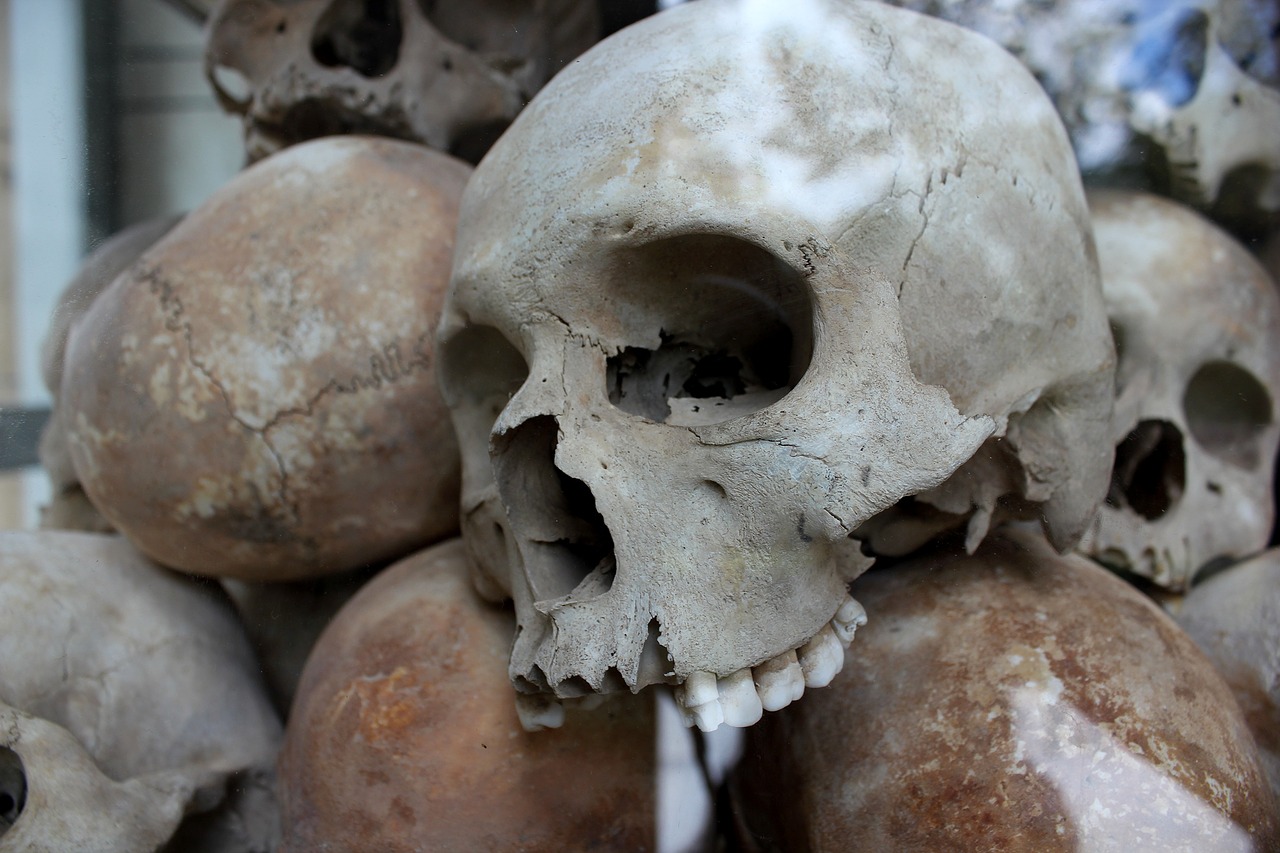Pierre-Claver Ndayicariye, chair of the Truth and Reconciliation Commission in Burundi, on Wednesday submitted a report to the parliament of Burundi that his investigation had uncovered more than 4,000 mass graves in the country connected to conflicts since the countries independence in 1962. The exact number of victims is yet to be determined, but so far the commission has already identified 142,505 of the victims.
The commission was created in 2018 to help alleviate ethnic tension and to investigate the dark past of Burundi’s civil conflicts. The report alleges that the killings took place in 1965, 1969, 1972, 1988 and 1993. The graves, therefore, span several conflicts but notably include the infamous 1972 mass killing of Hutus by the primarily Tutsi army and the 1993 mass killing of the Tutsi minority by the Hutu majority populace. Many have accused the political elite of turning the Tutsi and Hutu ethnic groups against one another which initially sparked the long period of civil unrest.
In his statement to the parliament, Pierre-Claver Ndayicariye added that “Many more mass graves are yet to be found because people who know about them are afraid to talk or are traumatized.” He continued by expressing hope that more people would continue to come forward with information to help provide closure to the victims and their families. He concluded with the statement that only through discovering these truths and fostering forgiveness between the factions can society “forge a peaceful future for Burundi’s generations.”
The government also opened up a mass grave in Bujumbura to the public on Monday. The grave is estimated to contain around 270 victims who are believed to have been killed in the clashes following the election and subsequent assassination of the first Hutu president Melchior Ndadaye in 1993. The conflict that ensued lasted for 12 years and claimed the lives of more than 300,000 people. Despite the tragedy surrounding the conflict the opening of the gravesite has already enabled some families to begin identifying victims hopefully bringing a sense of closure to what before were simply long-held assumptions.


